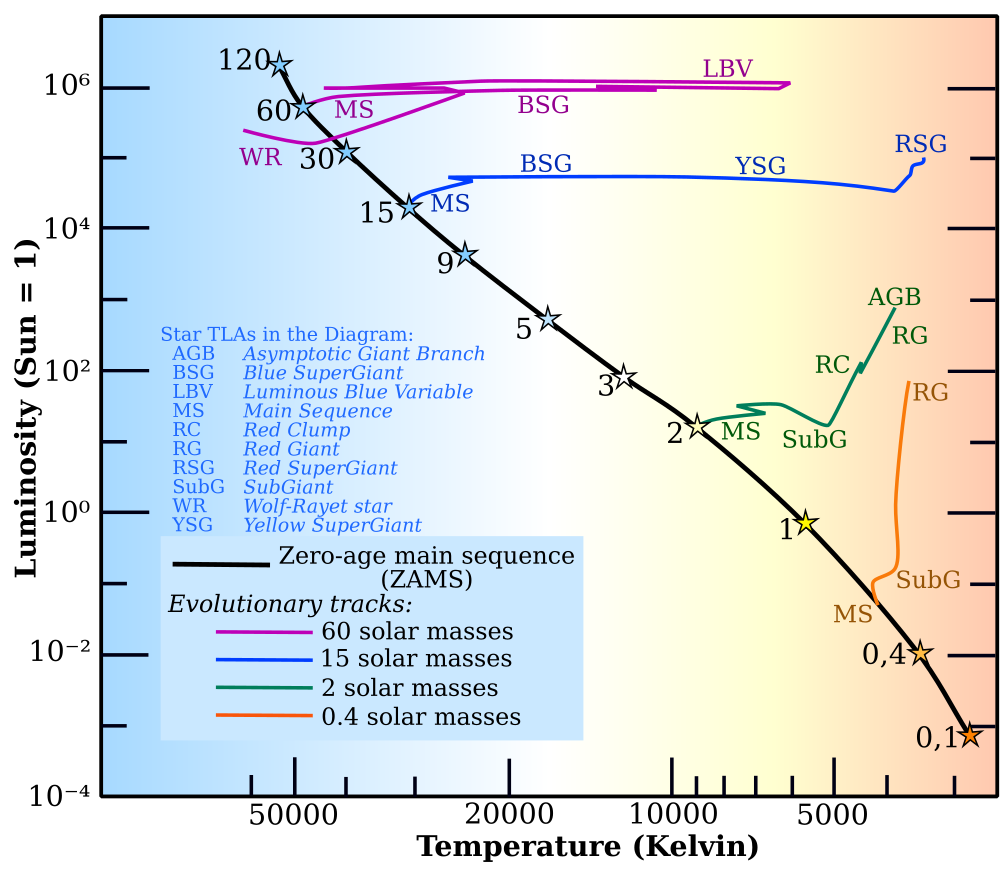NASA Ames Research Center | M10-91 | 26 Oct 2010
NASA’s Kepler Mission changing how astronomers study distant starsAn international cadre of scientists that used data from NASA's Kepler spacecraft announced Tuesday the detection of stellar oscillations, or "starquakes,” that yield new insights about the size, age and evolution of stars.
The results were presented at a news conference at Aarhus University in Denmark by scientists representing the Kepler Asteroseismic Science Consortium (KASC). The team studied thousands of stars observed by Kepler, releasing what amounts to a roster of some of humanity's most well-characterized stars.
Analysis of stellar oscillations is similar to how seismologists study earthquakes to probe the Earth's interior. This branch of science, called astroseismology, produces measurements of stars the Kepler science team is anxious to have.
...
In the results presented Tuesday, one oscillating star took center stage: KIC 11026764 has the most accurately known properties of any star in the Kepler field. In fact, few stars in the universe are known to similar accuracy. At an age of 5.94 billion years, it has grown to a little over twice the diameter of the sun and will continue to do so as it transforms into a red giant. The oscillations reveal that this star is powered by hydrogen fusion in a thin shell around a helium-rich core.
...
KASC scientists also reported on the star RR Lyrae. It has been studied for more than 100 years as the first member of an important class of stars used to measure cosmological distances. The brightness, or light wave amplitude, of the star oscillates within a well-known period of about 13.5 hours. Yet during that period, other small cyclic changes in amplitude occur -- behavior known as the Blazhko effect.
The effect has puzzled astronomers for decades, but thanks to Kepler data, scientists may have a clue as to its origin. Kepler observations revealed an additional oscillation period that had never been previously detected. The oscillation occurs with a time scale twice as long as the 13.5-hour period. The Kepler data indicates the doubling is linked to the Blazhko effect.
...
For more information about the Kepler mission, visit: http://www.nasa.gov/kepler
For more information about the findings by the KASC scientists, visit: http://astro.phys.au.dk/KASC/
Iowa State University | 26 Oct 2010
The quantity and quality of data coming back from NASA's Kepler Mission is changing how astronomers study stars, said Iowa State University's Steve Kawaler.
...
Kepler launched March 6, 2009, from Florida's Cape Canaveral Air Force Station. The spacecraft is orbiting the sun carrying a photometer, or light meter, to measure changes in star brightness. The photometer includes a telescope 37 inches in diameter connected to a 95 megapixel CCD camera. That instrument is continually pointed at the Cygnus-Lyra region of the Milky Way galaxy. Its primary job is to use tiny variations in the brightness of the stars within its view to find earth-like planets that might be able to support life.
The Kepler Asteroseismic Investigation is also using data from that photometer to study stars. The investigation is led by a four-member steering committee: Kawaler, Chair Ron Gilliland of the Space Telescope Science Institute based in Baltimore, Jorgen Christensen-Dalsgaard and Hans Kjeldsen, both of Aarhus University in Aarhus, Denmark.
And Kepler has already buried the star-studiers in data.
...
Some of the data describe a binary star system - two stars held together by their gravity and orbiting a common center of mass. In this case, one star is a white dwarf, a star in the final stages of its life cycle; the other is a subdwarf B star, a star in an intermediate stage of development. Kepler not only returned information about the star system's velocity and mass, but also data providing a new demonstration of Einstein's Theory of Relativity.
...
Kawaler said another Kepler advantage is its ability to collect data on a lot of stars. It is expected to continuously observe about 170,000 stars for at least three and a half years.
That gives researchers a much better idea about the average star, Kawaler said.
...
Kepler, for example, is giving researchers a better picture of red giant stars by more precisely measuring their oscillations or changes in brightness. Studies of those star quakes can answer questions about the interior properties of stars such as their density, temperature and composition. It's similar to how geologists study earthquakes to learn about the Earth's interior.
Our sun will evolve into a red giant in about five billion years. It will exhaust its hydrogen fuel, expand enormously and shine hundreds of times brighter than it does today. After that, it will be similar to the stars that Kawaler's group has been studying.







